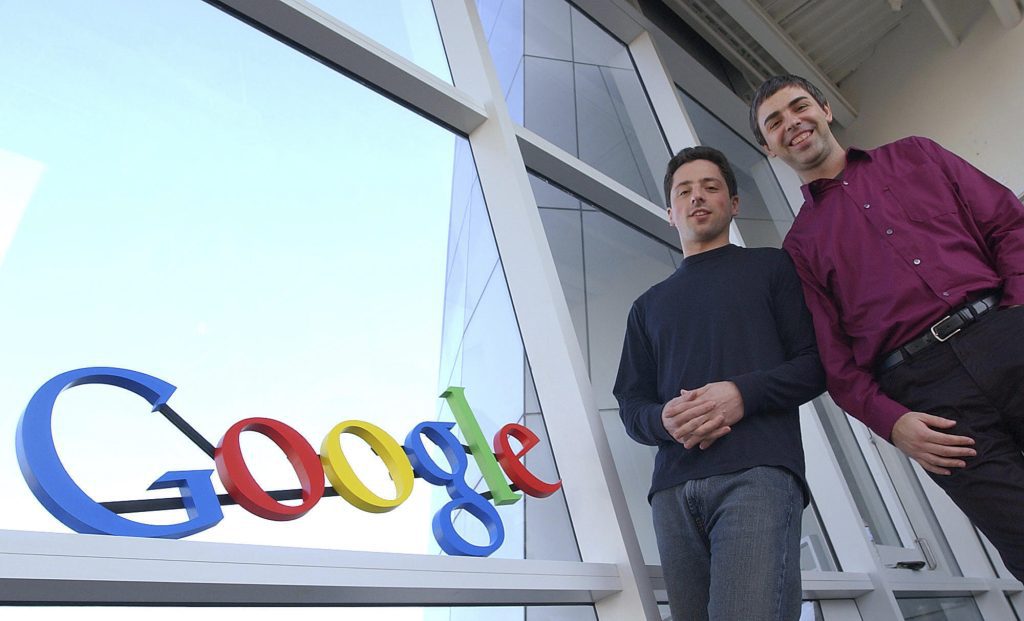Larry Page and Sergey Brin, the co-founders of Google, enjoyed playing tricks and started implementing outrageous ideas on April Fool's Day shortly after starting their company more than 25 years ago.
Once, Google advertised a job opening for a research center on the moon, and another time it announced plans for a "scratch and sniff" feature on its search engine.
The jokes were so extreme that people learned to dismiss them as another example of Google mischief. This is why Page and Brin decided to reveal something that no one would believe was possible 20 years ago on April Fool’s Day.
It was Gmail, a free service offering 1 gigabyte of storage per account. This might seem normal now with one terabyte iPhones, but at that time, it sounded like an unbelievable amount of email capacity, enough to store about 13,500 emails compared to just 30 to 60 emails in the leading webmail services run by Yahoo and Microsoft. This translated into 250 to 500 times more email storage space.
In addition to the significant increase in storage, Gmail also included Google’s search technology, allowing users to quickly find specific information in old emails, photos, or other personal data stored on the service. It also automatically grouped together a series of communications on the same topic so that everything flowed together as if it were a single conversation.
“The original pitch we put together was all about the three ‘S’s” — storage, search and speed,” said former Google executive Marissa Mayer, who helped design Gmail and other company products before later becoming Yahoo’s CEO.
It was such a mind-bending concept that shortly after The Associated Press published a story about Gmail late on the afternoon of April Fool’s 2004, readers began calling and emailing to inform the news agency it had been duped by Google’s pranksters.
“That was part of the charm, making a product that people won’t believe is real. It kind of changed people’s perceptions about the kinds of applications that were possible within a web browser,” former Google engineer Paul Buchheit recalled during a recent AP interview about his efforts to build Gmail.
The AP knew Google wasn’t joking about Gmail because an AP reporter had been abruptly asked to come down from San Francisco to the company’s Mountain View, California, headquarters to see something that would make the trip worthwhile.
After arriving at a still-developing corporate campus that would soon blossom into what became known as the “Googleplex,” the reporter was ushered into a small office where Page was wearing an impish grin while sitting in front of his laptop computer.
Page, then just 31 years old, proceeded to show off Gmail’s sleekly designed inbox and demonstrated how quickly it operated within Microsoft’s now-retired Explorer web browser. And he pointed out there was no delete button featured in the main control window because it wouldn’t be necessary, given Gmail had so much storage and could be so easily searched. “I think people are really going to like this,” Page predicted.
Like many other things, Page was correct. Gmail now has around 1.8 billion active accounts, and each account includes 15 gigabytes of free storage along with Google Photos and Google Drive. While this is 15 times more storage than what Gmail initially provided, it's still insufficient for many users who rarely feel the need to clear their accounts, just as Google had hoped.









